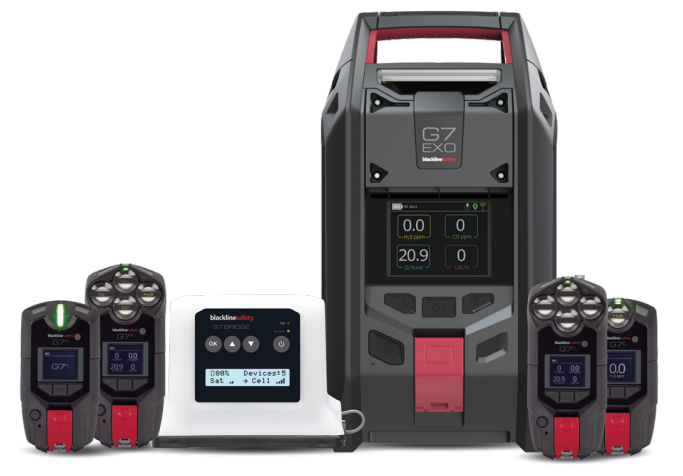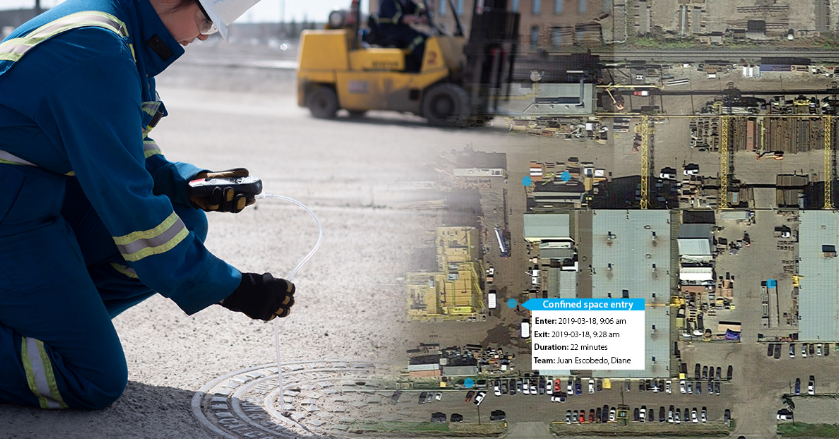
1. Establish and Enforce Policies
Establishing and enforcing clear safety policies for employees who work alone is important.
These policies should be communicated to all staff and regularly reviewed. This will help
prevent accidents and ensure that employees follow the rules while working.
2. Provide Regular Training
Regular safety training should be provided to all staff who work by themselves. This will ensure
that they are educated and aware of any hazards. It will also help to build workers' confidence
so that they feel comfortable with the tasks they are given.
3. Use Technology
Modern technology can help to ensure the safety of employees working alone. For example,
cameras or security systems can act as an extra layer of protection and help deter any would-be
criminals or disgruntled employees. Cameras can also be used to monitor activity throughout
the premises.
4. Utilize Emergency Response Systems
An emergency response system is essential for employees who work alone. This can include
fire alarms, panic buttons, and discreet personal alarms that alert local authorities in an
emergency.(Work Alone Safety devices)
5. Provide Personal Safety Equipment
It is important to provide employees who work alone with personal safety equipment. This could
include pepper spray, safety whistles, or other self-defence items. This helps ensure that the
employee can defend themselves in an attack.
6. Offer Regular Check-Ins
Regular check-ins with employees who work alone can help ensure their safety. This is best handled by an employee wearing a safety device with an off-site (i.e.: server) timer that will alert the employee when it is time to check-in. This will help ensure they are safe, secure, and able to contact help if needed.
7. Make Use of Monitoring Services
Using safety monitoring devices that will automatically alert a Monitoring Center or individual when assistance is required while working alone. By receiving an employees GPS coordinates, along with the type of alert (i.e.: Emergency, Silent, No Motion, Fall Detection or Missed Check-In), the Monitoring Center has the ability to dispatch 9-1-1 to the employees exact location for immediate assistance.
8. Assess Workplace Hazards
It is important to think about the potential risks that could arise in the workplace. This could
include potential safety risks like fire, electrocution, slips and falls, or chemical exposure.
Ultimately, assessing the workplace situation is essential to keeping the workplace safe and
efficient. It is vital to have an in-depth understanding of all aspects of the workplace and to take
steps to mitigate potential risks. This will help ensure the employee's safety and make the
workplace a better place to be.
Conclusion
Adopting these eight steps will help increase the safety of employees working alone. It is
important to ensure that all safety policies are clearly communicated to staff and that regular
training is provided.
Utilizing technology, emergency response systems, and personal safety equipment will also
help to ensure the safety of employees who work alone. Finally, requiring regular check-ins and
monitoring services can help further protect those employees working alone.
Need dependable lone worker safety solutions? Look no further than BLACKRIDGE Solutions!
We provide superior lone worker safety and gas detection devices proven to minimize the risks
your business and employees are exposed to.
Contact us at [email protected] for more information.




















 RSS Feed
RSS Feed